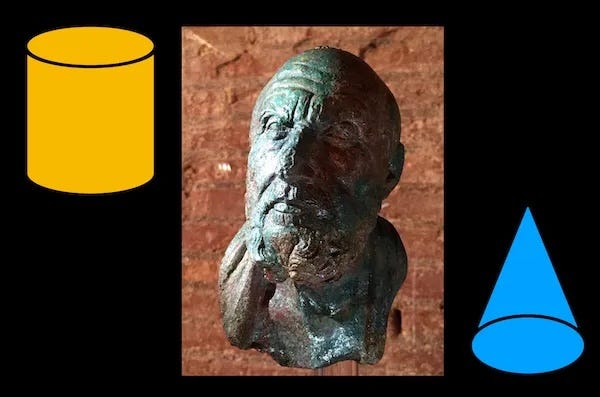Updating Stoic Philosophy for the Modern Era: Exploring the Foundations of Stoic Physics
Core Concepts
Stoicism, an ancient philosophy, requires updating to remain relevant in the 21st century and beyond.
Abstract
The author introduces the need to update Stoicism, a philosophy that has existed since the 4th century BCE, to make it more relevant for the modern era. The author recently announced the launch of the School for a New Stoicism, which aims to adapt Stoic principles to the current times.
The author begins by discussing the foundations of Stoic physics, which was a crucial component of the ancient Stoic worldview. Stoic physics encompassed their understanding of the physical universe, including concepts like the cosmic cycle, the nature of the divine, and the relationship between the individual and the cosmos.
The author provides a conceptual map to illustrate where Stoicism came from and where it may be heading in the future. This includes a depiction of the famous Stoic philosopher Chrysippus of Soli, surrounded by his famous cylinder and cone, which were used to illustrate Stoic ideas about the physical world.
The author suggests that while Stoicism has endured for centuries, some of its core principles and concepts may need to be updated to remain relevant in the modern era. The goal of the School for a New Stoicism is to explore how Stoic philosophy can be adapted and applied to the challenges and realities of the 21st century and beyond.
From ancient to new Stoicism: I — Stoic physics
Stats
No key metrics or important figures were provided in the content.
Quotes
No striking quotes were provided in the content.
Key Insights Distilled From
by Figs In Wint... at figsinwinter.medium.com 04-24-2024
https://figsinwinter.medium.com/from-ancient-to-new-stoicism-i-stoic-physics-90d21720276d
Deeper Inquiries
How can Stoic physics be reinterpreted or updated to align with modern scientific understanding of the physical universe?
Stoic physics, as understood in ancient times, was based on the idea of a materialistic and deterministic universe governed by natural laws. To align with modern scientific understanding, Stoic physics can be reinterpreted through the lens of contemporary physics theories such as quantum mechanics and relativity. This reinterpretation would involve integrating Stoic concepts with modern scientific principles, such as the interconnectedness of all things, the concept of impermanence, and the acceptance of fate. By incorporating these ideas, Stoic physics can be updated to reflect a more nuanced understanding of the physical universe that is in harmony with current scientific knowledge.
What are the potential limitations or drawbacks of attempting to modernize an ancient philosophical system like Stoicism?
One potential limitation of modernizing Stoicism is the risk of losing the original essence and depth of the philosophy. Ancient Stoicism was developed in a specific historical and cultural context, and attempting to update it for the modern world may dilute its core principles and teachings. Additionally, modernizing Stoicism could lead to misinterpretations or misrepresentations of the philosophy, as it may be difficult to accurately capture the nuances and complexities of the original texts. Furthermore, there is a danger of oversimplifying Stoicism in an attempt to make it more accessible to contemporary audiences, which could result in a superficial understanding of the philosophy.
How might the principles of Stoicism be applied to address contemporary social, political, or environmental challenges?
The principles of Stoicism, such as practicing virtue, accepting what is beyond our control, and cultivating inner resilience, can be applied to address contemporary challenges in various ways. In the social sphere, Stoic principles can promote empathy, compassion, and justice, guiding individuals to act with integrity and fairness in their interactions with others. In the political realm, Stoicism can encourage civic engagement, ethical leadership, and the pursuit of the common good, fostering a sense of responsibility and accountability among citizens and policymakers. Regarding environmental issues, Stoic teachings on living in harmony with nature and practicing moderation can inspire sustainable practices, conservation efforts, and a deeper appreciation for the interconnectedness of all living beings. By applying Stoic principles to these challenges, individuals and communities can navigate complex issues with wisdom, courage, and compassion.
0
